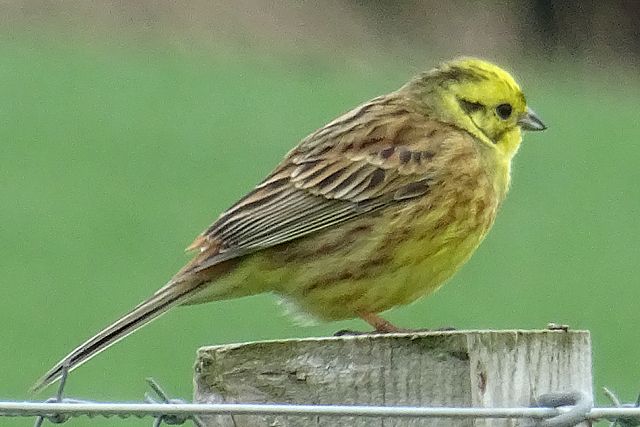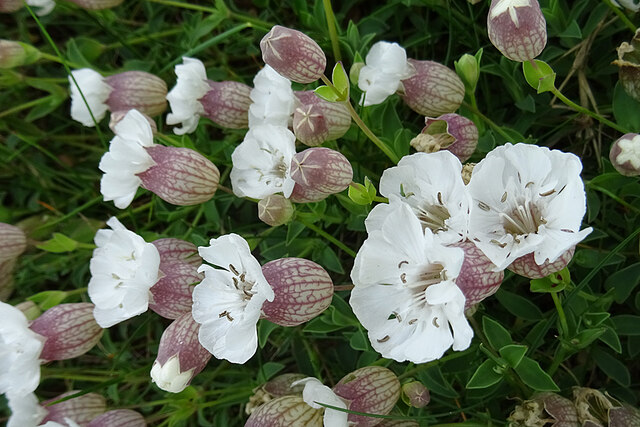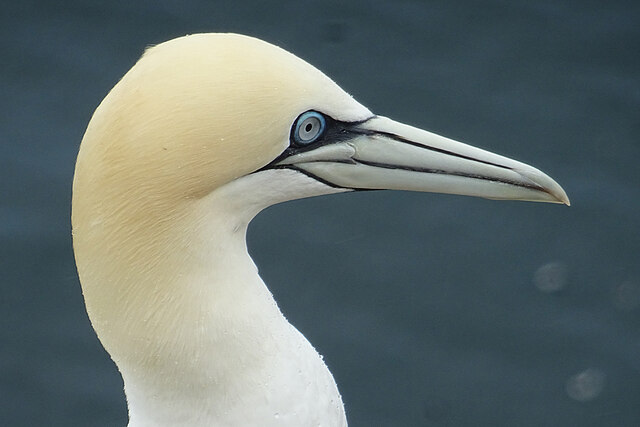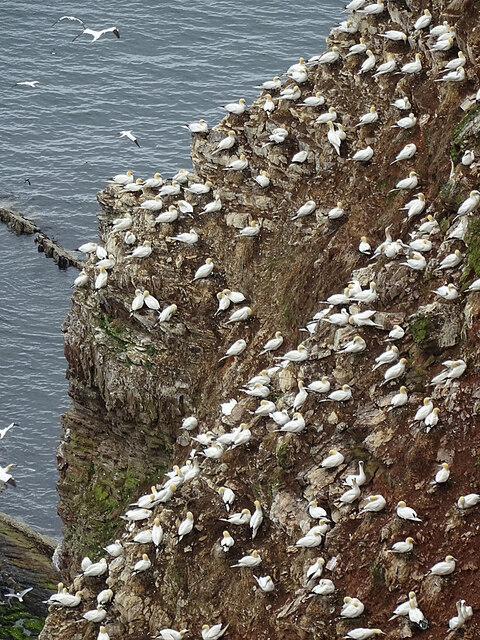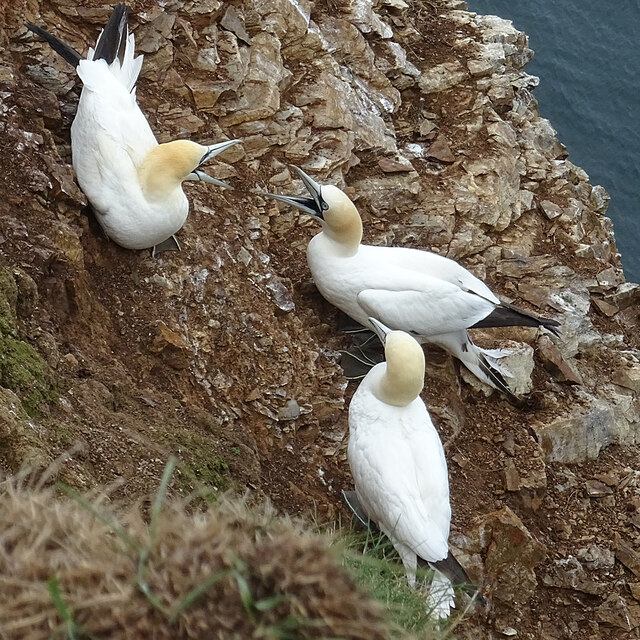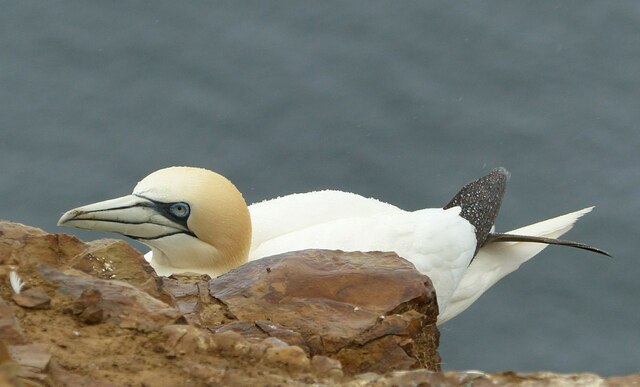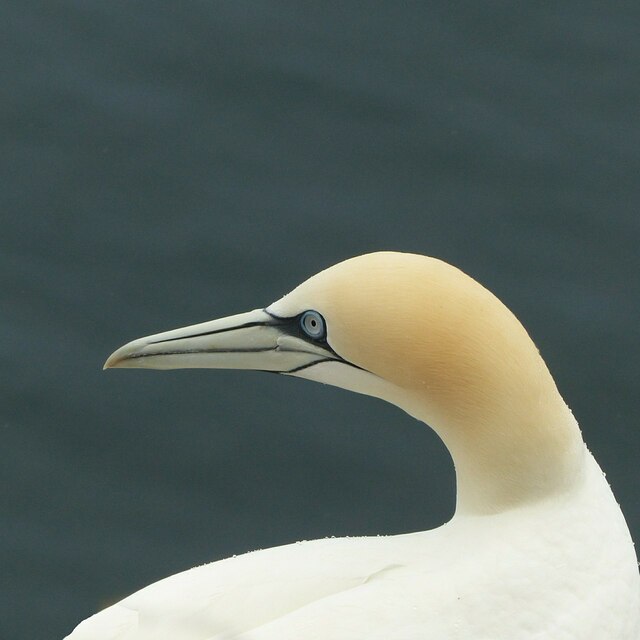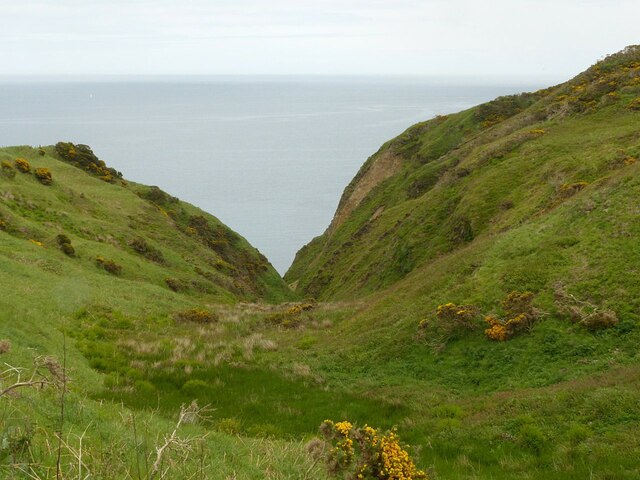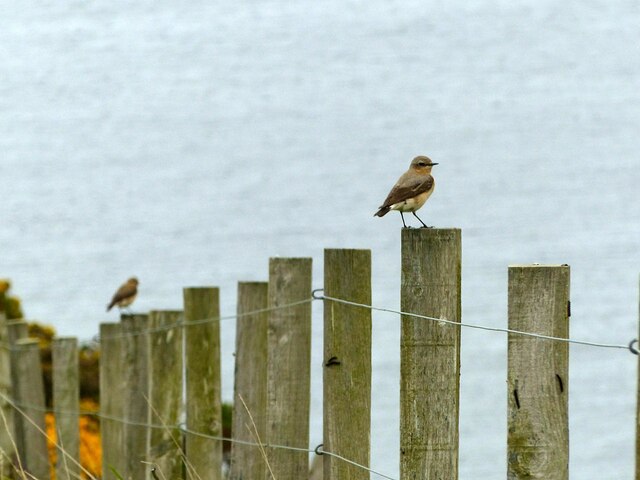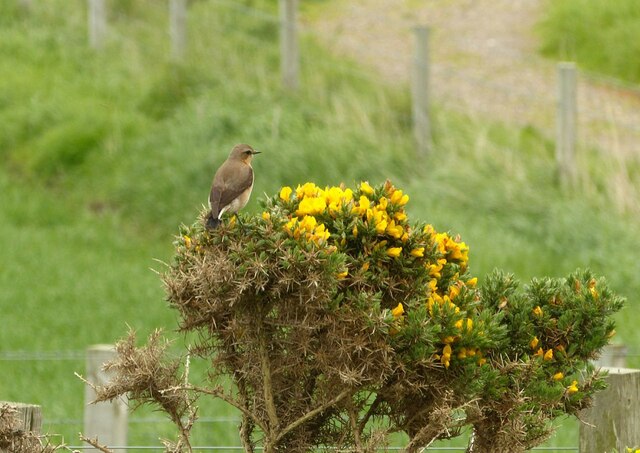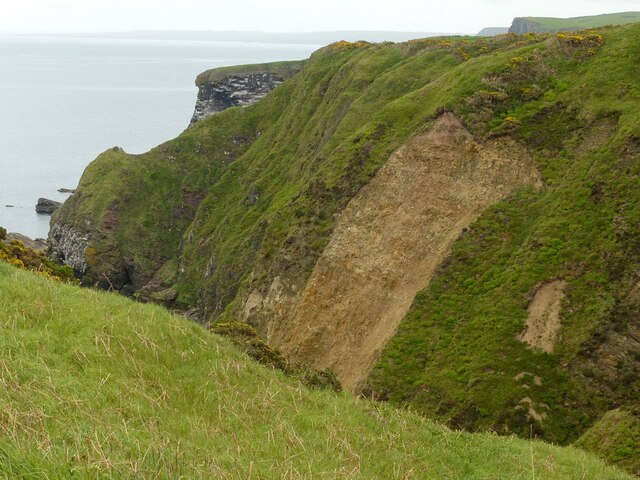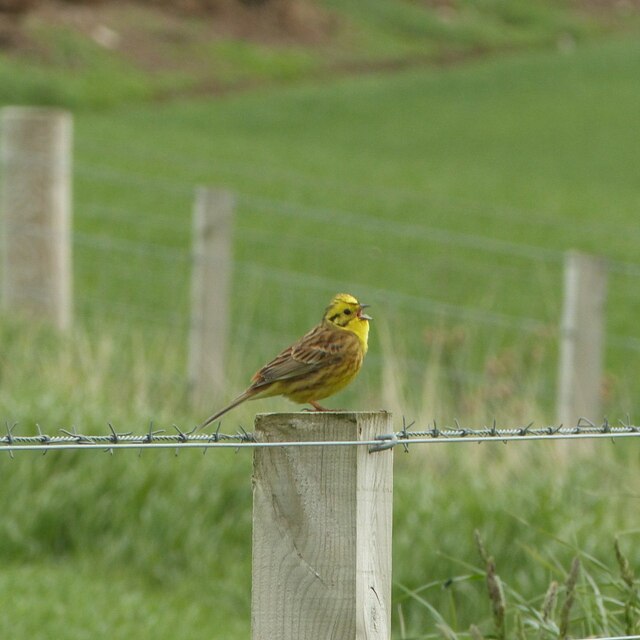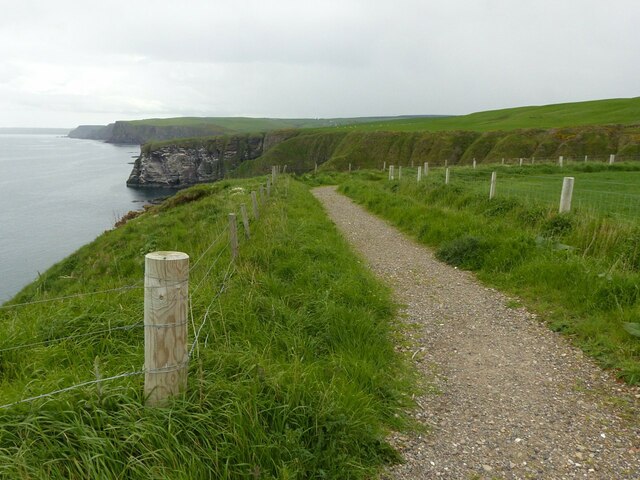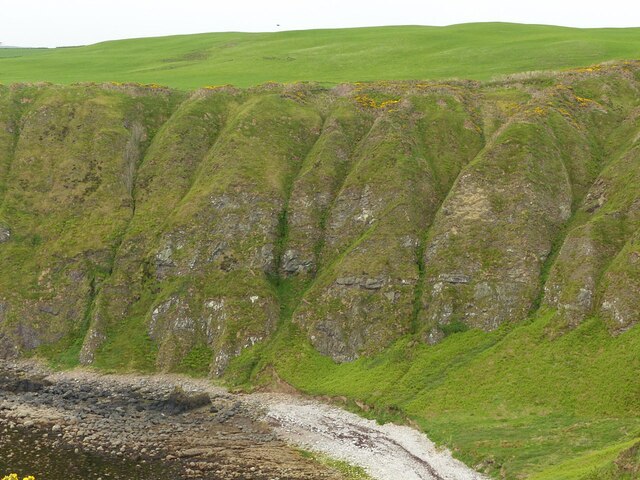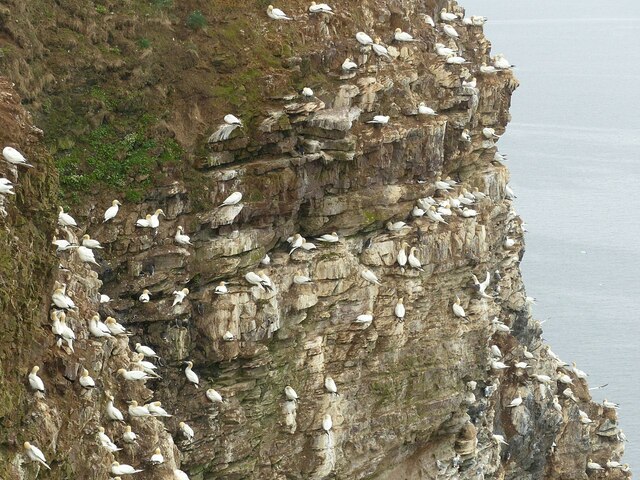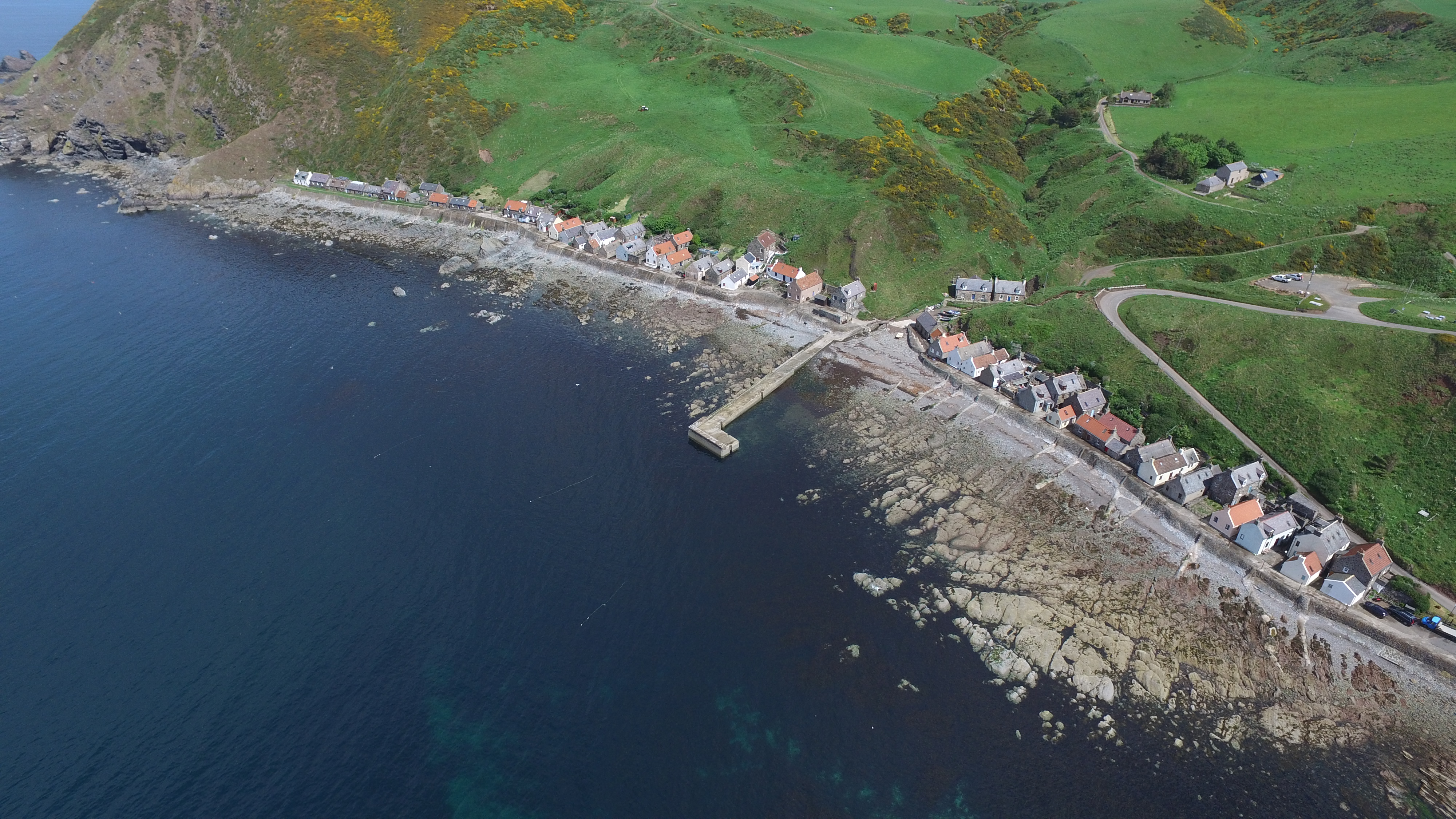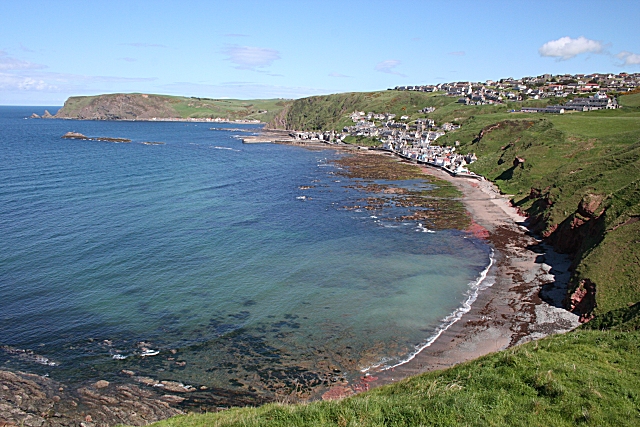Skiddy Castle
Island in Banffshire
Scotland
Skiddy Castle
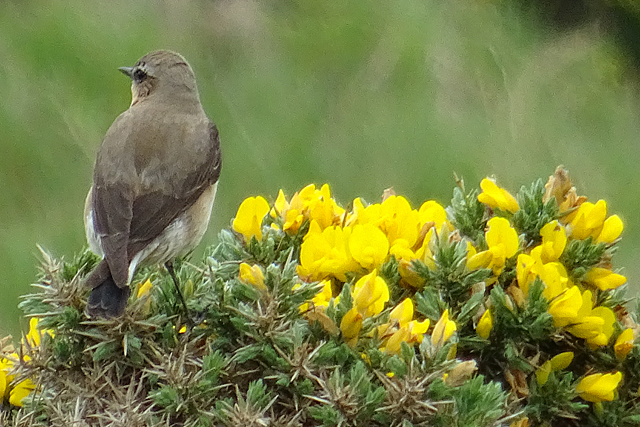
Skiddy Castle is a historic site located on a small island in Banffshire, Scotland. The castle is situated on the picturesque Skiddy Island, which lies just off the coast of Banff, a charming coastal town in northeastern Scotland.
The castle dates back to the 16th century and was originally built as a defensive structure during a period of clan warfare. It was constructed in a strategic location, overlooking the North Sea, to protect the surrounding area from potential invasions. Skiddy Castle is a prime example of Scottish tower-house architecture, characterized by its sturdy stone construction and small windows designed for defense.
The castle consists of a rectangular tower rising three stories high, with an additional attic level. The structure is surrounded by a protective wall, which encloses a small courtyard. The interior of the castle features a great hall, private chambers, and a spiral staircase leading to the upper levels. The castle's original defensive features, including arrow slits and gun loops, are still visible today.
Skiddy Castle is currently privately owned and not open to the public. However, its unique location and architectural significance make it a popular subject for photography and draw the attention of visitors exploring the area by boat or from the nearby coastline. Its historical importance and well-preserved structure make Skiddy Castle an intriguing testament to Scotland's rich history and turbulent past.
If you have any feedback on the listing, please let us know in the comments section below.
Skiddy Castle Images
Images are sourced within 2km of 57.690841/-2.3182217 or Grid Reference NJ8166. Thanks to Geograph Open Source API. All images are credited.

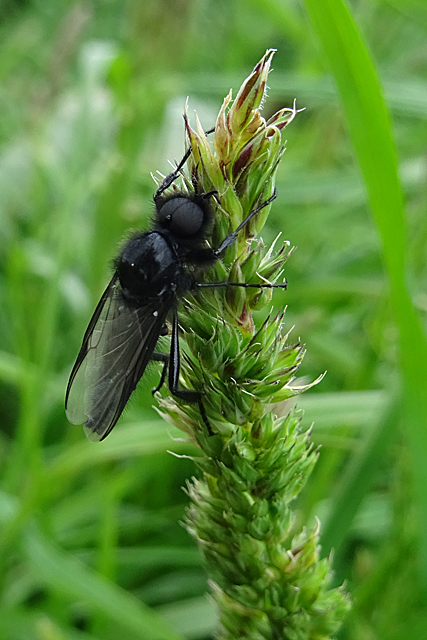

Skiddy Castle is located at Grid Ref: NJ8166 (Lat: 57.690841, Lng: -2.3182217)
Unitary Authority: Aberdeenshire
Police Authority: North East
What 3 Words
///backhand.responds.suspended. Near Macduff, Aberdeenshire
Nearby Locations
Related Wikis
Crovie
Crovie is a small village in Aberdeenshire, Scotland, dating from the 18th century, a time when the sea was the only mode of transport to and from Scotland...
Gamrie Bay
Gamrie Bay is a bay in Aberdeenshire, Scotland. The bay is between Crovie Head and More Head. The villages of Gardenstown and Crovie are located within...
Gardenstown
Gardenstown (Scots: Gamrie) is a small coastal village, 8.7 miles (14.0 km) by road east of Banff in Aberdeenshire, northeastern Scotland. The village...
St John's Church, Gamrie
St John's Church is a ruined church and kirkyard in the parish of Gamrie, Aberdeenshire, Scotland. The church, dedicated to St John the Evangelist, was...
Nearby Amenities
Located within 500m of 57.690841,-2.3182217Have you been to Skiddy Castle?
Leave your review of Skiddy Castle below (or comments, questions and feedback).
